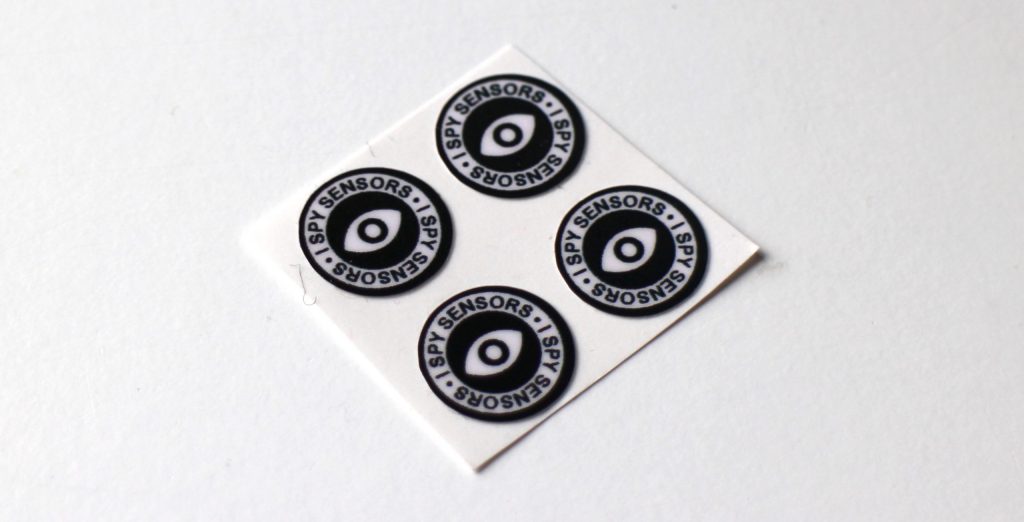
The Countermeasures projects aims to increase awareness about, and agency over, the digital sensors which are all around us.
Sensors are everywhere. They’re in our computers, our kitchen appliances our televisions, our cars. Sensors aren’t a new invention, they’ve been built into machines and appliances for decades. They’ve helped the machines perform their tasks, and let them know what’s happening within their own mechanisms. For example, the central heating system in a house has a temperature sensor that lets it know how warm or cold the room is, so it can get the temperature just right. And the dozens of sensors in a car help it know how fast it’s going, and whether all the passengers are wearing seatbelts.
In the past the information gathered from these sensors would have just been used by the machine itself to help it run better. However, in recent years something has changed. All kinds of objects, from doorbells to fridges, have started to be connected to the internet. “Smart” devices, and the “Internet of Things” mean that many of the objects we have in our home or carry with us are connected to each other, and connected to the databases of technology companies.
The sensors in these connected devices can therefore potentially become the eyes and the ears of much bigger systems. The tiny observations they’re able to make, such as when you get up in the morning, or how often you wash your clothes, can now be combined together and help companies build a clear picture of your everyday activities and behaviours.
It’s therefore important to have awareness of where these sensors are, and what capabilities they have.
Countermeasures is a research project created by Angus Main as part of the Information Experience Design programme at the Royal College of Art.
